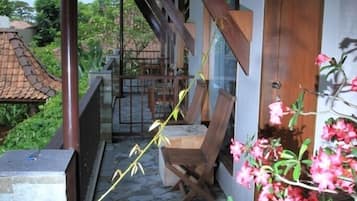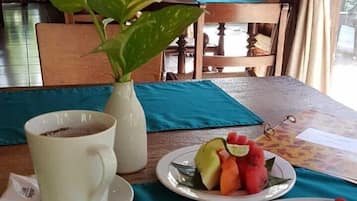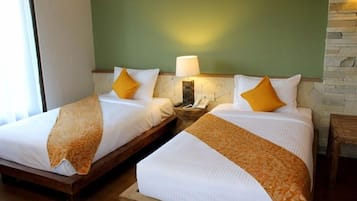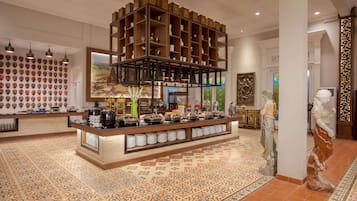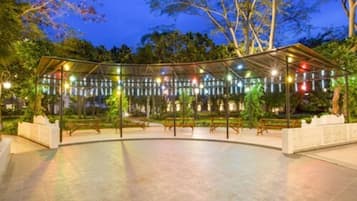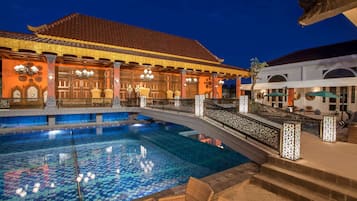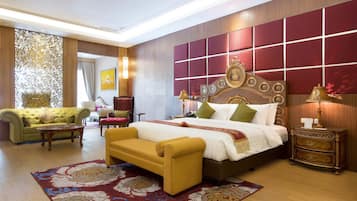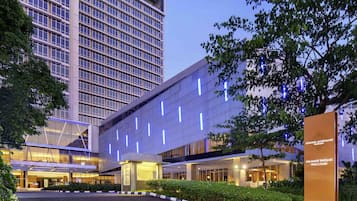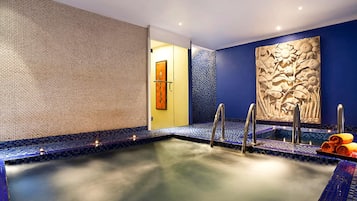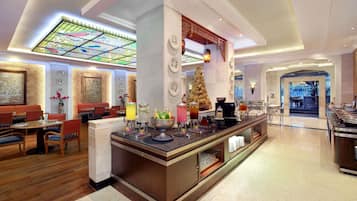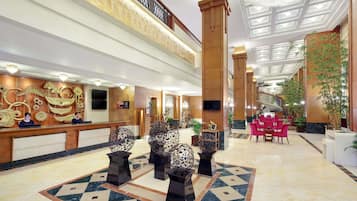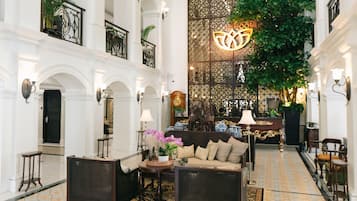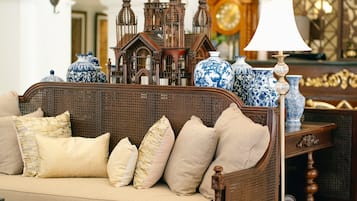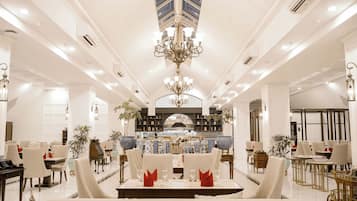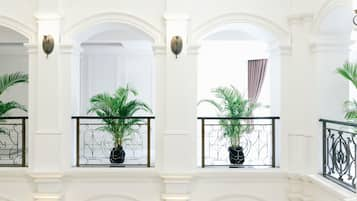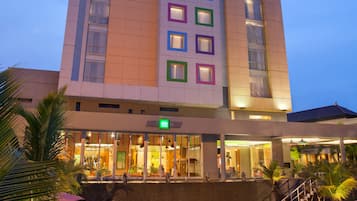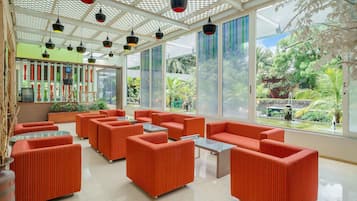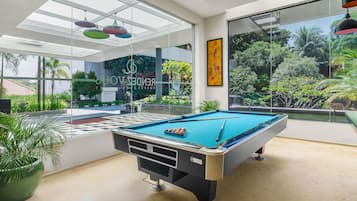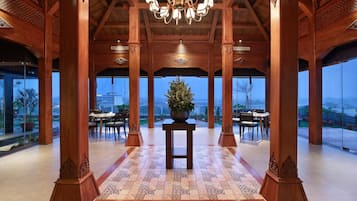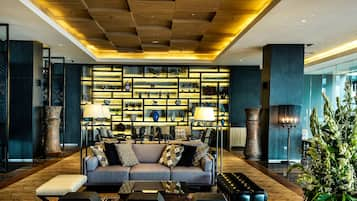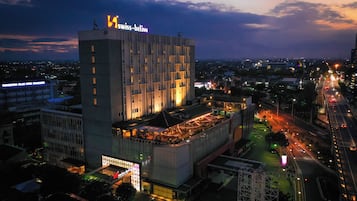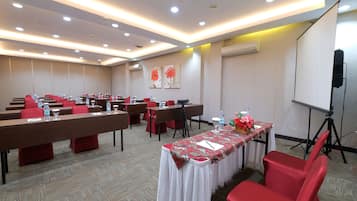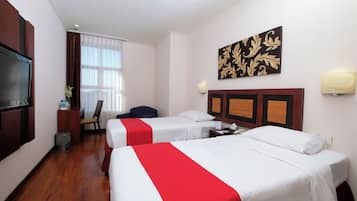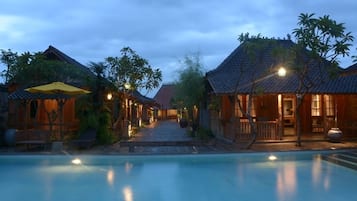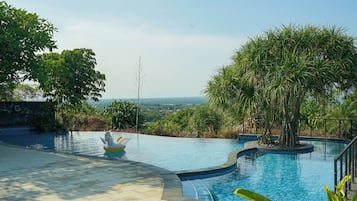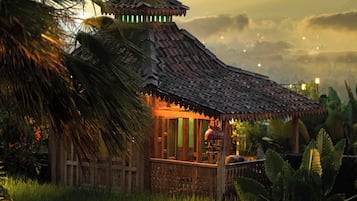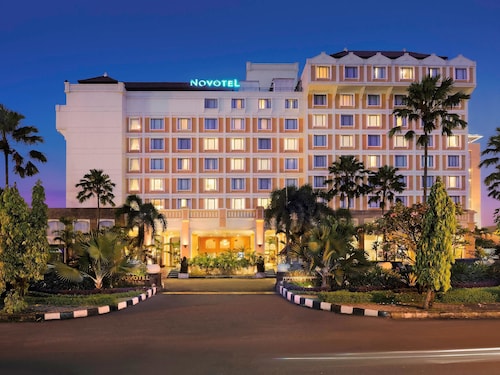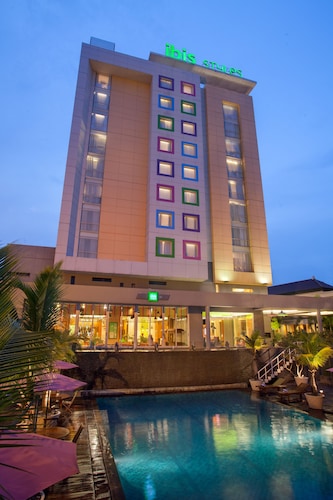Surakarta attractions for couples
Surakarta, also known as Solo, is a vibrant city brimming with cultural treasures and activities that will captivate any traveler. Start your journey by visiting the impressive Keraton Surakarta, the royal palace where you can witness traditional Javanese ceremonies and explore stunning architecture. Next, wander through the bustling Pasar Klewer, the largest batik market in Indonesia, where you can shop for exquisite batik textiles and experience local craftsmanship firsthand. Don't miss out on the enchanting Balekambang Park, a serene spot perfect for a family picnic or a leisurely stroll among lush gardens and a picturesque lake. For history enthusiasts, the Museum Batik Danar Hadi showcases the evolution of batik and offers a fascinating insight into this intricate art form. Finally, treat your taste buds at the local street food scene, where you can savor dishes like 'selat solo', a unique Javanese salad. For a comfortable stay, consider the vibrant city center, where boutique hotels offer modern amenities, attentive service, and nearby these attractions, allowing you to explore Surakarta's rich heritage and culinary delights with ease.
![At the museum no photos are allowed which is really unfortunate as it was well worth the visit and the guided tour is definitely not to be missed. In the museum there are even Batik made from the Dutch era which depicts stories like Little Red Riding Hood and Snow White!
I enjoyed the tour v much and at the end of the tour we were brought to this room where the artisan were working on hand drawn batik.
Below is an excerpt from Wikipedia for anyone interested in learning more about the process of batik making.
Firstly, a cloth is washed, soaked and beaten with a large mallet. Patterns are drawn with pencil and later redrawn using hot wax, usually made from a mixture of paraffin or bees wax, sometimes mixed with plant resins, which functions as a dye-resist. The wax can be applied with a variety of tools. A pen-like instrument called a canting (IPA: [tʃantiŋ], sometimes spelled with old Dutch orthography tjanting) is the most common. A canting is made from a small copper reservoir with a spout on a wooden handle. The reservoir holds the resist which flows through the spout, creating dots and lines as it moves. For larger patterns, a stiff brush may be used. Alternatively, a copper block stamp called a cap (IPA: [tʃap]; old spelling tjap) is used to cover large areas more efficiently.
After the cloth is dry, the resist is removed by scraping or boiling the cloth. The areas treated with resist keep their original color; when the resist is removed the contrast between the dyed and undyed areas forms the pattern. This process is repeated as many times as the number of colors desired.
The most traditional type of batik, called batik tulis (written batik), is drawn using only the canting. The cloth need to be drawn on both sides and dipped in a dye bath three to four times. The whole process may take up to a year; it yields considerably finer patterns than stamped batik.
Source: Wikipedia](https://mediaim.expedia.com/destination/2/9cd999fbd1cf55cbfe1f78176d52a342.jpg?impolicy=fcrop&w=1200&h=500&q=medium)

